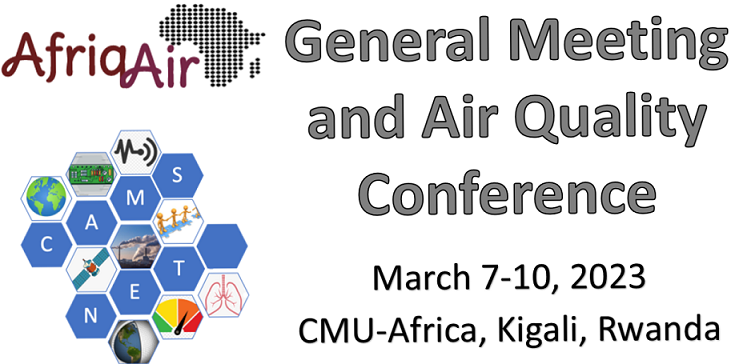Speaker
Description
Air pollution is one of the major risk factors for human well-being in Low- and Middle-Income Countries (LMICs) in sub-Saharan Africa. Tackling challenges to improve air quality management is, in part, due to limited monitoring infrastructure. AS a result, the burdens of air pollution are likely to be underestimated because of the limited ground monitoring data in affected regions.
The application of miniaturized air quality sensors when set in the real-world environment offers hope to many developing regions to support policy development and action. Their application is mainly affected by factors less associated with technical performance and more related to factors such as security of the targeted location, the ambient conditions with real emission sources, poor to inexistent internet infrastructure and unreliable power supply. The above-mentioned factors coupled with environment factors like rain, insects and high dust emissions tend to affect the operation of the sensor leading the data gaps.
Pilot projects in Africa, for instance, have proved that logistical challenges impact the operation of sensors, site surveys, maintenance and operational arrangements are central elements to be agreed upon prior to deployment if monitoring is to be sustained beyond a few weeks.
Designing instruments for the unique conditions in many developing countries is a critical step towards bridging the data gap. UN collaborations with manufacturers like Sailhero (China), IQair (Switzerland), Praxis (UK), Kunak(Spain), among others, have yield lessons that is shaping the UNEP/GEMS/Air programme that aims to support LMICs.
This session will provide real-world cases from Africa of how sensors have been used to influence policy action. It will demonstrate innovations and modalities that are address challenges with the uptake of sensors in the regions and provide an overview of the UN open Data Management System to facilitate data gathering and management among sensor communities.

